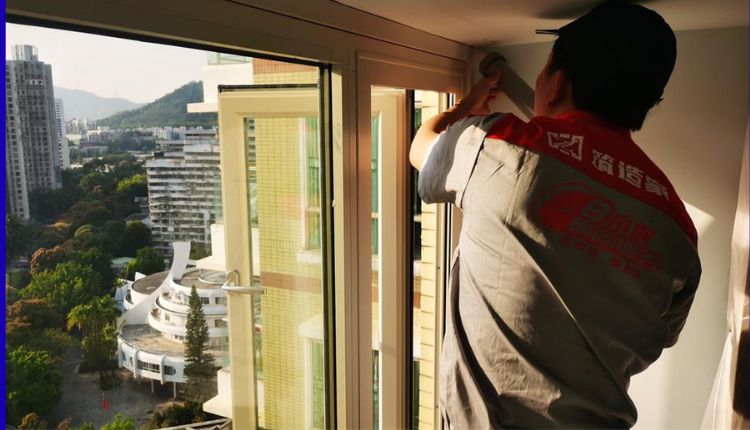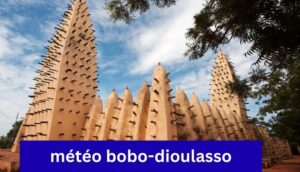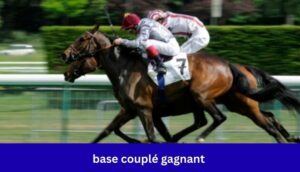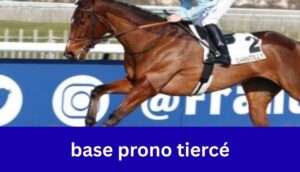
HaanGlas
As sustainability becomes a benchmark rather than a niche ambition, certifications like LEED, Passive House, and WELL are often non-negotiable in high-end projects. What if you could include glazing that boosts your energy performance and occupant comfort without bulky triple glazing or compromising on aesthetics? HaanGlas Vacuum Insulating Glass (VIG) delivers exactly that.
The Challenge: High Standards, Tight Constraints
Green certifications demand strict criteria across energy, comfort, and health domains:
LEED awards points for reduced heating/cooling loads, high-performance glazing, and daylighting
Passive House requires ultra-low heat loss through windows (often U < 0.8 or even 0.6 W/m²·K in cold climates)
WELL emphasizes thermal comfort, glare, condensation resistance, and occupant well-being
Conventional high-performance glazing (triple glazing, thick IGUs) often forces architects to widen frames, sacrifice daylight, or increase weight. That’s where slim-profile VIG shines.
VIG Performance Data That Matters
From HaanGlas’s VIG Basic product page:
U-value ≈ 0.50 W/m²·K for the basic configuration
Thickness: only 3 + 0.15V + 3 mm
Sound insulation: ~36 dB
Maximum panel size: 1600 × 3000 mm
25 years life expectancy, 15 years warranty
From the Vacuum Glazing Solutions – PRO page:
Using a low-temperature metal edge seal, PRO version achieves U ≈ 0.47 W/m²·K
No evacuation holes, full tempered glass, <0.001 mm glass flatness
Maintains condensation resistance at –60 °C, excellent for extreme climates
Sound insulation and thin form factor preserved at high performance levels
These are not theoretical claims—they represent real metrics that map directly to green building prerequisites.
How VIG Maps to Certification Credits
1. Energy + Envelope Performance (LEED / Passive House)
Green certifications reward buildings that minimize heating/cooling loads through building envelope performance. By replacing standard double or even triple glazing with VIG, you dramatically reduce thermal transmission while maintaining a slim profile. The PRO version’s U ≈ 0.47 W/m²·K is often enough to satisfy or exceed window criteria in Passive House design. You may also secure LEED credits under “Optimize Energy Performance” and “Thermal Comfort / Envelope” categories.
2. Daylight & Glare Control (WELL / LEED)
VIG can maintain high visible transmittance (LT%) while delivering insulation. On HaanGlas’s pages, some combinations show ~80% light transmittance in the basic design. This helps projects retain natural daylight (a key aspect in WELL) without compromising thermal resistance.
3. Condensation Resistance & Comfort (WELL)
One of the WELL requirements addresses condensation risk and touch comfort near glass surfaces. Because VIG reduces surface heat loss, interior glass surfaces stay warmer, minimizing condensation formation. PRO versions are tested for condensation under –60 °C environments.
4. Acoustic and Indoor Environment Quality (LEED / WELL)
Noise intrusion degrades occupant comfort. HaanGlas VIG’s ~36 dB sound insulation helps projects meet acoustic performance thresholds for WELL and LEED. The sound rating is quoted in the VIG Basic specs.
5. Durability & Lifecycle (LEED / Passive House)
Certifications value durable, high-performance components over their lifetime. HaanGlas promises 25 years life and a 15-year warranty for VIG. That means less replacement, fewer embodied-energy costs over time, and a stronger case in life-cycle assessments within LEED submissions.
Implementation & Best Practices
Integrate early in design: Choose VIG in the design phase so window sizes & frame depths align.
Optimize frame U-values: Use low-conductance frame materials so glazing gains are realized.
Use hybrid VIG for specialty façades: combining VIG with IGU or laminated safety glass expands functional options (fire, security). Internal link: Hybrid VIG Solutions.
Specify edge seal quality & testing: HaanGlas’s low-temperature metal edge seal is designed to resist thermal cycling. In
Ensure project documentation: Provide HaanGlas test reports, certificates, and thermal modeling to certification bodies (LEED, Passive House, etc.).
Align with daylight and glare studies: Use VIG’s high transmittance options to reduce the need for shading.
Conclusion
By integrating HaanGlas vacuum insulating glass (VIG) into your facade systems, you can provide architects and builders with a powerful tool to meet or exceed LEED, Passive House, and WELL certification requirements—without thick glazing, bulky frames, or compromised daylight. High thermal performance, strong acoustic insulation, condensation control, andVIG long-term durability make VIG a compelling choice in sustainable, high-performance design.






